Here’s a look at sample one year old feeding schedules to help you manage (or create!) your routine. I have options for one year olds taking bottles, being breastfed, or being on all solids—plus sample menu plans!
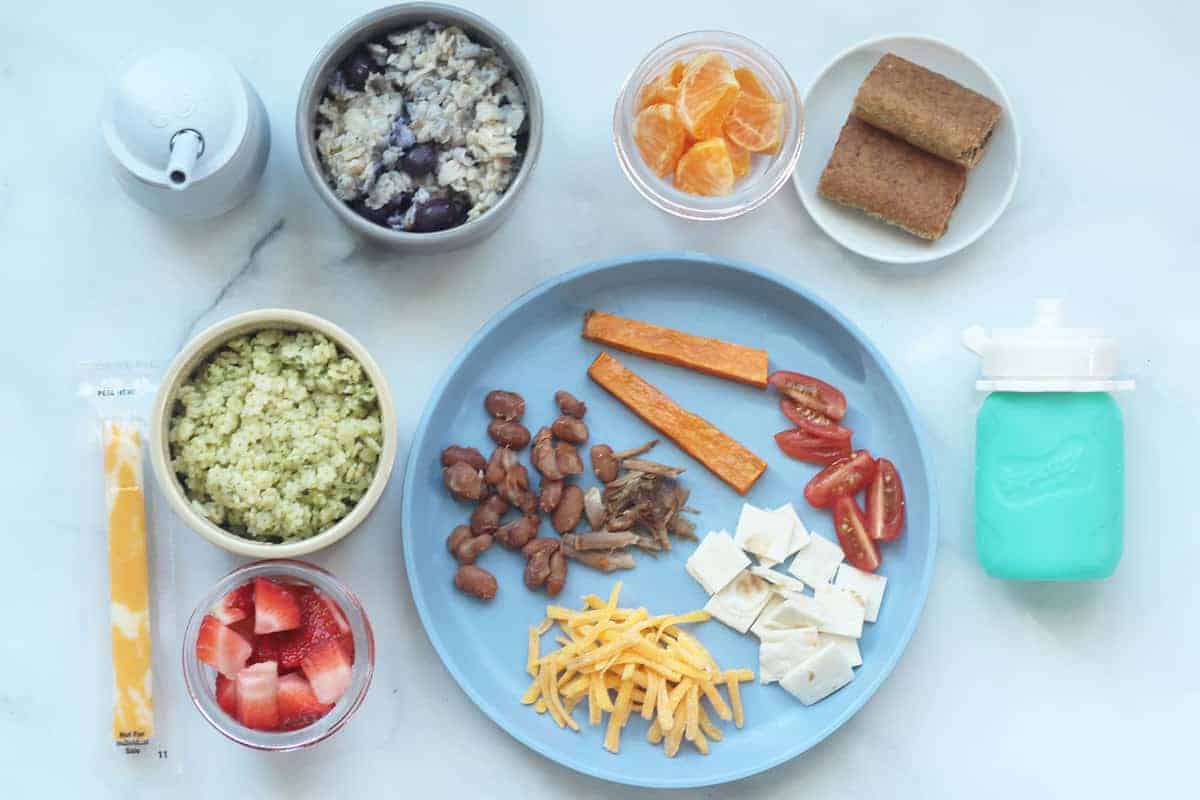
One Year Old Feeding Schedule
Once a baby turns one and is eating meals and snacks, it can help to establish a routine to make it all easier on you to manage. Feeding kids is a lot of work and a basic feeding schedule is a great place to start.
This is meant to offer guidance and to be adjusted for your reality, whatever that may look like, since I know that no two families have the same schedules or eating preferences.
Table of Contents
Your toddler won’t eat? Help is here!
Sign up for our email updates to get tips and ideas sent to your inbox.
Sample 1 Year Old Feeding Chart
I’m going to share three versions of a sample feeding charts to give you an idea of the time intervals between meals based on when the kiddo wakes up and goes to bed. Generally speaking, 2-3 hours between solid food is a good rule of thumb—though always remember that your child may be hungrier some days than others and may need that timeframe adjusted.
Version 1
This example is for a toddler who’s taking milk in a sippy cup with meals (or drinks water with meals). Let’s assume wake up time is a little after 6 and bedtime is 7 pm. There may or may not be a morning nap, but there is an assumed afternoon nap from about 1-3 pm.
- 6:30 am: Breakfast
- 9 am: Snack
- 12 pm: Lunch
- 3 pm: Snack
- 5:30 pm Dinner
TIP: There could be a simple Bedtime Snack in the mix if needed before bed.
Version 2
This example is for a toddler who’s still drinking bottles and has water with meals. Let’s assume wake up time is 7 and bedtime is 8 pm. There may or may not be a morning nap, but there is an assumed afternoon nap from about 1-3 pm.
- 7 am: bottle
- 8 am: Breakfast
- 10 am: Snack
- 12 pm: Lunch
- 1 pm: bottle
- 4 pm: Snack
- 6 pm Dinner
- 7:30 pm: bottle
TIP: We want to wean kids from bottles by 2 at the latest, and the sooner you do it, the easier it often is. Work on transitioning the milk consumption to be with meals during the one year old year, rather than separate standalone bottles, especially if it seems to be limiting hunger for solids.
Version 3
This example is for a toddler who’s breastfed and has water with meals. Let’s assume wake up time is 6:30 am and bedtime is 7:30 pm. There may or may not be a morning nap, but there is an assumed afternoon nap from about 1-3 pm. There of course may be more nursing sessions in the mix here if the child is nursed on demand, so adjust as needed for your real life.
- 6:30 am: breastfeeding
- 7:30 am: Breakfast
- 9:30 am: Snack
- 12 pm: Lunch
- 1 pm: breastfeeding
- 4 pm: Snack
- 6 pm: Dinner
- 7 pm: breastfeeding
TIP: If the child doesn’t seem hungry for snacks, you don’t always have to do them. They may be full from the breastmilk and solids. If breast feeding seems to be limiting hunger for solids, you can consider tapering down the daytime sessions if you want. (No pressure, just know that some kids aren’t hungry enough for all meals and snacks and breastmilk during their one year old year so something could be adjusted if desired.

1 Year Old Meal Plan
I prefer to have a general framework for when meals happen because it helps me to plan the rest of the day. It also helps the kids to generally know what to expect and when, even if it’s as simple as learning that we go outside after morning snack and do our bedtime routine after dinner.
TIP: Find a week’s worth of Sample Meals for Toddlers here.
Frequently Asked Questions
Toddlers generally eat around every 2-3 hours, but that may vary depending on their own unique hunger.
After turning 1 year, a child may be having a few bottles, but we want to transition over to sippy cups of milk served with meals by 18-24 months. If the child doesn’t seem hungry for solids, that could be a good reason to start tapering down separate milk feedings.
Most one year olds eat 3 main meals and 2 snacks. That may vary based on whether there are bottles or breastfeeding in the mix.
The best guide for the amount of food any child should eat is their own unique hunger. Start with smaller portions and allow more according to their hunger. (Read more about the Division of Responsibility in Feeding for more of the reason behind approaching meals this way.)
There are may possible reasons, but there are two common ones. First, one year olds grow less rapidly than they did as babies and are often less hungry. This may mean they eat fewer and less foods than they used to. Second, there is a normal developmental phase known as neophobia where kids are more fearful of new and less familiar foods.
Both can happen at this age and can look like “pickiness” to parents. (It’s frustrating, I know, but my goal is to simply point out that there are often clear reasons behind the behavior we’re seeing.)

Picky Eating in One Year Olds
I hear from a lot of parents with 14-19 month olds who are suddenly “picky” and aren’t interested in the food that they used to love as a baby. Here’s what to keep in mind if that describes your situation:
It is very normal for one year olds to grow less rapidly than they did as babies, and to have a correspondingly lower appetite. It is very common for parents to see kids eating less and fewer foods and assume it’s “pickiness” when in fact the child is simply not as hungry as we expect them to be.
Try serving smaller portions, spacing out meals or snacks a bit, and letting it be okay if the child eats less than you expect.
Also developmentally, kids this age are exploring all of their boundaries—from the color of their socks to the fork they prefer to whether or not they want to walk on the sidewalk—so it’s normal to see some of this show up at the dinner table.
This is not a sign that anything is necessarily wrong, but is it usually a normal part of the kids realizing they are independent from us, have the power to say “no” (and get a reaction), and voice their opinions.
Remember: It’s not your job to “get” your child to eat. It’s your job to offer a variety of food that is tasty, easy for them to chew, and developmentally appropriate. It’s also our job to set the routine for when and where meals happen and what things are like during meals—we sit in our chairs, we don’t throw our food, etc. It’s their job to decide how much of the food to eat and which foods.
If we expect these factors during toddlerhood, it’s much easier to empathize and understand why they are happening—and realize that our kids are doing the normal work of figuring out their world.
TIP: Toddlers go through a normal phase called “neophobia” where they are naturally more skeptical of less familiar foods (or even foods they haven’t seen in a few days or weeks). Read up on that developmental stage so you can keep what you’re experiencing in perspective.
How do I know if my toddler is eating enough?
The general rule of thumb is to consider if the child is growing, gaining weight, and meeting milestones. Do they mostly seem happy? If the answers to all of those are yes, chances are very high that the kiddo is eating plenty. But, if your gut tell you that something is off or your pediatrician is concerned with growth (such as falling off of the child’s own unique growth curve), you may need additional help from your pediatrician or a feeding therapist.
TIP: I recommend Thrive by Spectrum Pediatrics and Lutz, Alexander & Associates Nutrition Therapy for personalized feeding therapy. My ebook How to Relax about Picky Eating can help too.
Best Tips for Success
- Plan to have a general feeding schedule, that can adjust to realities of life, to make it easier on you to plan—and easier for the kids to know what to expect from their day.
- Allow 2-3 hours between solids, adjusting for the child’s hunger as needed.
- Aim to transition off of bottles by 18-24 months. (And learn why you don’t need Toddler Formula unless medically advised.)
- Here are more Sample Toddler Meal Plans to refer to as the kids grow and a basic Toddler Nutrition Chart.
- Learn more about how to Wean a Toddler and how to Night Wean.
- If you’re worried about picky eating, this post on what’s normal will help.
- For help on understanding how to trust the kids to eat to their own unique fullness, start with the Division of Responsibility and then see this post with FAQ on Picky Eating.
Related Posts
Advice
How to Wean a Toddler
Activities
10 Best Toddler Bath Toys
I’d love to hear your feedback on this post, so please comment below to share!
This post was first published on March 23, 2021.
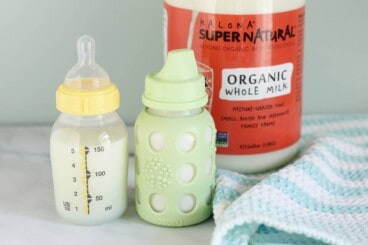
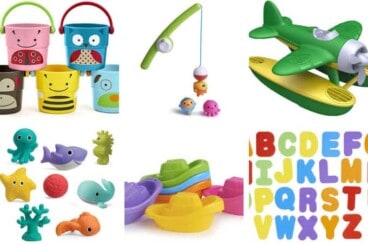
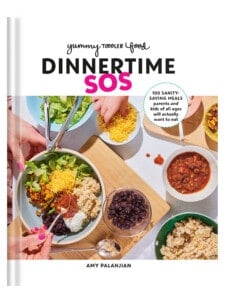
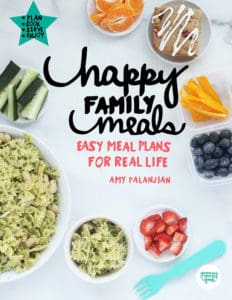
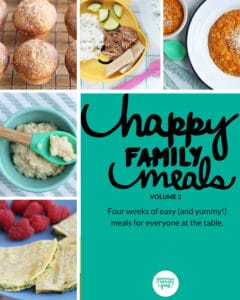










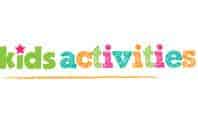
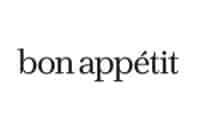
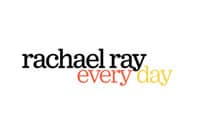


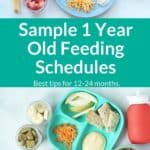
Thank you so much for this article and your website altogether. The high quality content that you publish show clearly that you love what you do, give it your all, and that you truly want to help us.
My little one is now 15 months old. I know that I’m meant to give him snacks around this age but I haven’t gotten around to get into the habit of it. He doesn’t seem to have a need for it perse since he eats such big main meals. He also still naps twice a day so I have struggled to fit it into a routine. And… snack inspiration was a real struggle (until I came across your baby and 1 year olds snack ideas!).
I now realise after reading your article that it probably works best for us if I just aim to give him a snack between lunch and dinner because that tends to be a 5 hour gap (with a nap at some point). I’m going to give that a go. Wish me luck!
Good luck! And honestly if he doesn’t seem to need the food between meals otherwise, I’d keep on doing what you’re doing.
This is helpful! Im somehow feeling more lost and confused with the transition for my second, so this was helpful to jog that schedule memory. We are a few days out from turning one, but I’ve screenshotted the schedule we will go off of as a resource. Thank you!!
Glad to hear that!
Thank you for summarizing some very important information into digestible bites. It was helpful to be reminded that every child is somewhat different and fluctuations in their eating will occur and are normal.
This is very helpful!
My BLW one year old takes a very long time to eat, 45-60 minutes. If we want her in bed sleeping by 7:00, meaning I would nurse at 6:30, when should she eat dinner? I feel like we need some play time, time to digest, after dinner and before bed.
You could aim to start around 5 if that works with your schedule? Then as she gets more proficient/faster with eating, you could nudge it later. (We had a 5 pm dinner for the first two years of my first kiddo’s life for just this reason!) I hope that helps.
I sure needed this today. Thanks for putting this together!
I’m so glad!